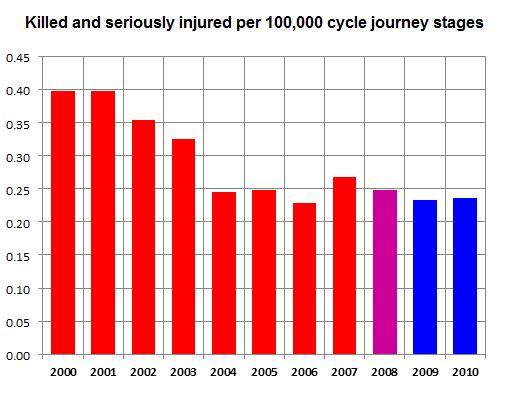I was surprised a while back to find that the Liberal Democrat
conference policy paper on housing included a call for a land value tax (LVT), because the current party leadership shows absolutely no interest in implementing one. But then LVT has long been a cause beloved of
earnest policy wonks and loathed by politicos. I'll get to why that is in a moment, but first it's worth rehearsing what I like to call the neoliberal-environmentalist-progressive case for an LVT.
An LVT is a tax on the value of land, excluding the value of anything built on it. The logic is that the relative value of different plots of land is nothing to do with the landowner's activities but is purely a product of their locations and the access they grant to amenities, infrastructure and other 'locational goods'. And because land is fixed in supply and location, taxing it doesn't have the distortionary effects that taxing income or consumption might. So because the community effectively creates the value of land, the community should also draw the benefit rather than let landlords get rich by doing nothing.
Part of the attraction - for policy wonks - of an LVT is that it would provide an incentive for valuable land to be used for its most productive purpose. So if you own a plot of land in a great location, the high tax on it gives you a very strong incentive to get as much money out of that site as possible, which might mean building offices or housing or whatever - the point is that you do with that land whatever maximises its value, subject to whatever constraints the planning system sets . This outcome is good for the landowner (who reduces their net tax bill), good for the government (who gets the tax revenues) and good for whoever ends up occupying the buildings on the land, as they get homes or workplaces they would otherwise not have.
But
as Duncan Stott Stoddard points out on the IEA blog, there is a significant problem here, in that current planning policy in this country (and most others) is mainly concerned with restricting landowners' abilities to maximise income from their land by building stuff on it. Building something a bit taller than the surrounding buildings is basically illegal across large swathes of this country, as is switching uses from residential to commercial or whatever. Retaining these extremely strict regulations on land use would negate much of the benefit of an LVT. In fact, it would arguably make an LVT quite unjust, in that you would be increasing some people's tax bills while preventing them increasing the income from their land to compensate.
So as Duncan says, an LVT should really go hand in hand with looser planning regulations. That way you maximise both the benefits of an LVT and the benefits of looser planning - the latter because if you loosen up planning policy without an LVT you are basically enriching landowners (by increasing their potential income) again without them having done anything to deserve it. And allowing landowners with valuable land to build lots of housing on it also means that if they pass the cost of their LVT onto those who occupy the land (i.e. tenants or apartment owners), then obviously the more occupiers there are the lower the cost is for each of them. This can mean that the per-household LVT is significantly lower in city centres than it is in the suburbs - which is also a benefit, since people living at higher densities are imposing fewer costs on the community in terms of infrastructure requirements, energy use and so on.
So a combination of a land value tax and looser planning regulations would very likely deliver cheaper housing, more tax revenues, a fairer distribution of wealth, a shift in the tax system away from distortionary income taxes, and a more sustainable and energy-efficient pattern of land use. Who wouldn't want that?
Lots of people, it turns out. In particular you've got all those homeowners who bought into a neighbourhood which then improves around them, driving up the value of their property and generally making them very happy with their lot. Coming along and telling them that actually they should pay a bit more for their good fortune and perhaps consider building a block of flats on their land will probably have this large and vocal constituency reaching for the pitchforks. But as well as the people who have got lucky in the property market, an LVT will probably also incite the ire of anyone who
aspires to get lucky in the property market, which is to say pretty much everyone.
After all, just about everyone everyone wants to be that person who buys a property and sees it rocket in value through no skill or effort of their own. Yes it's unearned wealth and so policy wonks will say it raises important issues of social justice and economic efficiency and yadda yada, but
everyone wants to achieve huge wealth, preferably without earning it. An LVT says nobody should get away with amassing unearned wealth through locational good fortune without paying some appropriate fee to providence. In other words, it is an attempt to put a stop to free lunches via the property market. But people like free lunches, and if they don't currently have access to one they like to think that some day they will. And that, it seems to me, is why politicians are scared of land value taxation.
Neverthless, I do think the world would be a better place if we had more land value taxation, and it could happen if enough people get behind it and crank up the machinery of persuasion. Environmentalists, progressives, tall-building aficionados and tax reformers should recognise the benefits, hold their noses and start forming coalitions to lobby for this, because our leaders are going to require a
lot of persuading.



